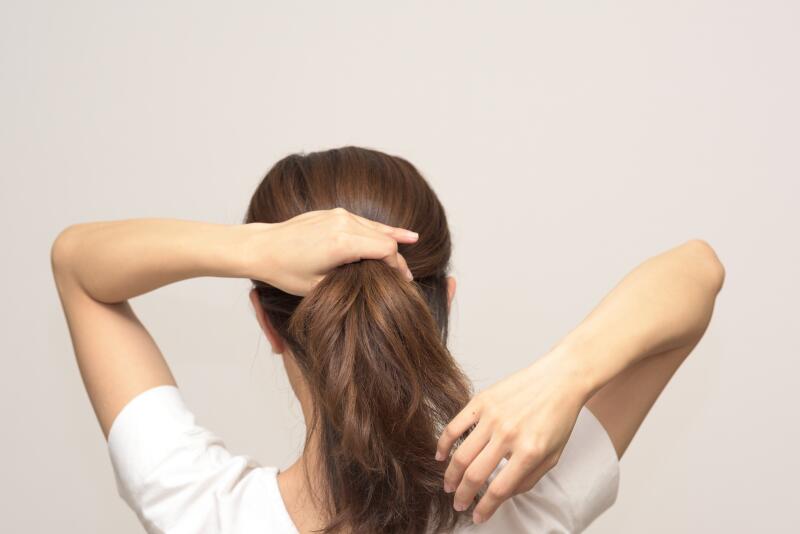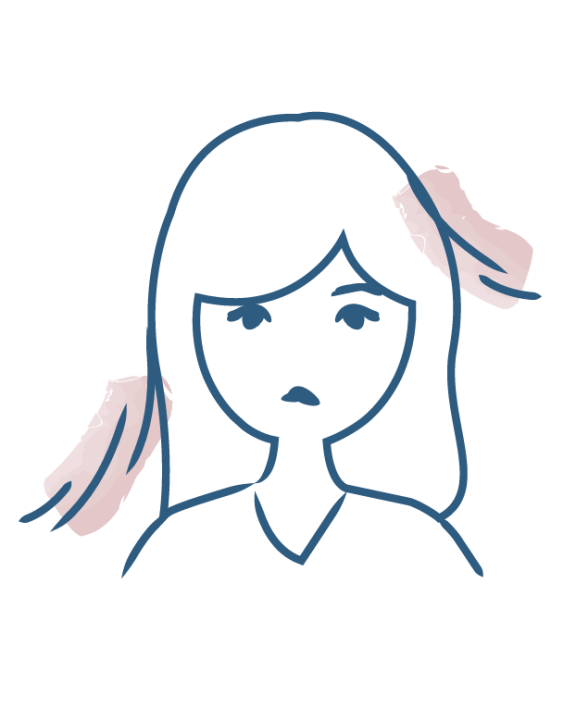-
Your concerns
Our articles to help you gain a better understanding
-
Our solutions
-
DUCRAY Dermatological Laboratories
Our articles to help you gain a better understanding

Many people affected by alopecia want to adapt their hairstyle to better conceal their hair loss. Discover some tips to easily achieve this and live better with your hair loss on a daily basis.
Changing your haircut or hairstyle (depending on the progress of the hair loss) can be a good solution to better cope with alopecia in everyday life . In any case, this is the first thing to try before turning to hair implants, the longest-lasting but also the most expensive solution.
So, what is the best hairstyle for female alopecia? Short haircuts are those that best hide bald spots on the scalp. Good news: boyish haircuts are in! Because it requires less maintenance, short hair has the wonderful advantage of giving the illusion of healthier hair right away. Pixie, boyish, tapered... the possibilities are endless! You can also turn to the energetic cut technique to fight against hair loss: this is a razor cut that causes vibrations along the hair shaft, stimulating microcirculation in the scalp.
The transition to a short haircut is not always easy.
The first good hair loss habits are therefore to:
For men with hair loss, a short hairstyle is also the solution.
When hair loss becomes too severe and the lack of hair density prevents the scalp from being covered, various hair complements are available for those who do not want to show their bare head:
Do not hesitate to consult a socio-aesthetician to help and accompany you.
Hair loss

Occasional hair loss
Are you experiencing hair loss?

Occasional hair loss
Are you experiencing hair loss?

Occasional hair loss
Are you experiencing hair loss?